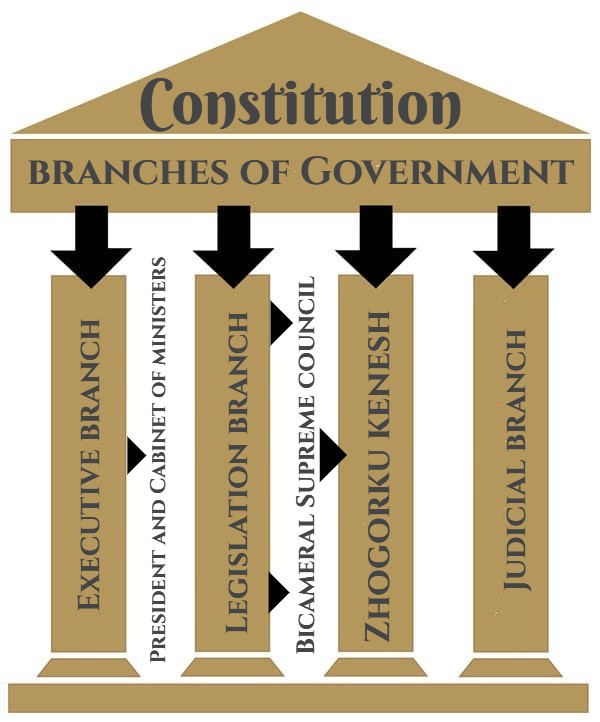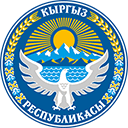ABOUT KYRGYZ REPUBLIC

Geography
Kyrgyz Republic is a landlocked country located in the heart of Central Asia. The capital is Bishkek. It has borders with Kazakhstan to the north, Uzbekistan to the west, Tajikistan to the southwest, and the People’s Republic of China to the east. The country is divided into seven provinces (oblasts), which are Batken, Chuy, Djalal-Abad, Issyk-Kul, Naryn, Osh and Talas.
Most of the territory lies on large mountains. About 94 percent of the country rises over 1 000 m, and 40 percent at more than 3 000 m above sea level. Issyk-Kul is the world’s second largest crater-lake in the northeast with a surface area of 6 236 km2.
History

Kyrgyz Republic’s population is more than 6 million people. There are more than 90 ethnic groups. The Kyrgyz people, who comprise 72.6% of the country’s population, are traditionally Sunni Muslim. The som is the currency of Kyrgyz Republic (KGS), and its official languages are Kyrgyz and Russian.
On 31 August 1991, the Kyrgyz Republic declared its independence after the collapse of the USSR and joined the Commonwealth of Independent States (CIS). In 1991 Askar Akaev, a reformist liberal member of the Kyrgyz Communist Party, was elected to the newly created post of President.
In 1992, Kyrgyz Republic joined the UN and the OSCE and launched its first economic reform program. In 1993 Kyrgyz Som replaced the Russian ruble as the main unit of currency. In 1995, Akaev won another term in office with nearly 70% of the vote and anchored his position. Soon thereafter, with the help of a referendum, he approved constitutional amendments to concentrate more power in the hands of the presidency and reduce powers of the legislature. In 1998, a constitutional court approved Akaev’s appeal to run for a third term in 2000, and in 6 November he was reelected for another five years.
By 24 March 2005, President Akaev was removed from the office. Parliament appointed the opposition leader, Kurmanbek Bakiev, the acting Prime Minister. Bakiev became President in a landslide victory in 2005,
In October 2011, a new presidential election took place. Beginning from 1 December 2011, Almazbek Atambaev is the President of Kyrgyz Republic. In 2017, Atambaev became the first Kyrgyz president to step down after serving one full six-year term as required in the country’s constitution. Former prime minister Sooronbai Jeenbekov replaced him after winning an October 2017 presidential election that was the most competitive in the country’s history. Sooronbai Jeenbekov became president of Kyrgyz Republic from December 2017.
As Kurmanbek Bakiev was overthrown in April 2010, Kyrgyz Republic witnessed a new political reform in June 2010. According to the provisions of adopted reform Kyrgyz Republic became a parliamentary country. Roza Otunbayeva first woman President became the head of the country after this reform.
Political System
The political system of the Kyrgyz Republic is defined in the Constitution. According to separation of powers principle set forth in the Constitution, the state power of the Kyrgyz Republic is represented by legislative, executive, and judicial branches.
The President is the head of state and the top official of the Kyrgyz Republic elected for a period of 6 years. Jogorku Kenesh – Parliament of the Kyrgyz Republic – is a representative body in charge of legislature.

The executive power of the Kyrgyz Republic is represented by the Government of the Kyrgyz Republic, line ministries, state committees, other executive authorities and bodies of local state administration subordinate to the Government.
Judicial System
The judicial system of the Kyrgyz Republic is represented by the Supreme Court of the Kyrgyz Republic, and local courts. The Constitutional Chamber operates within the Supreme Court of the Kyrgyz Republic. Judicial power is executed through constitutional, civil, criminal, administrative, and other forms of proceeding.

